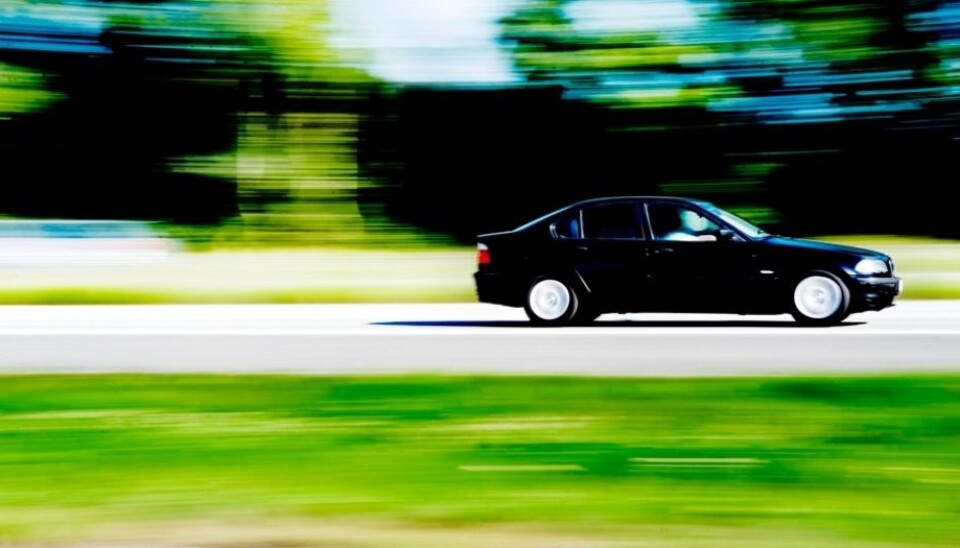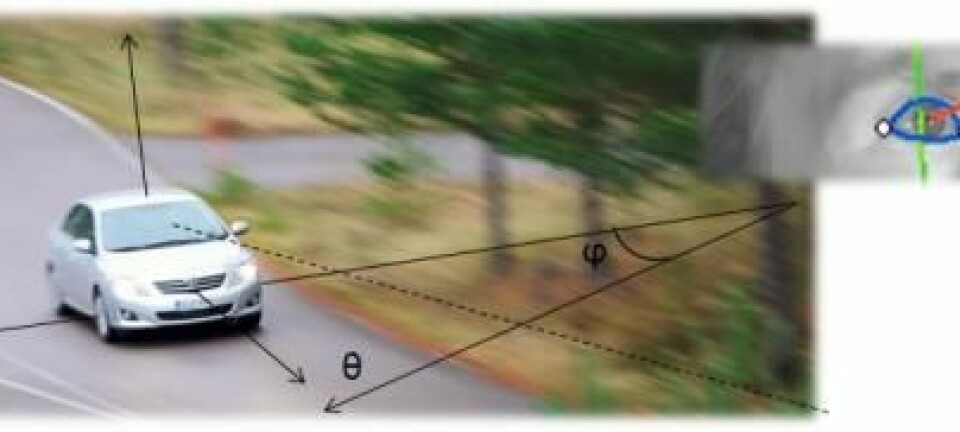
Many don’t take 40 km/h zones literally
Drivers are more likely to speed a little on stretches of road where they are supposed to drive real slow.
Denne artikkelen er over ti år gammel og kan inneholde utdatert informasjon.
The lower the speed limit on a given stretch of road, the more likely we are to disobey it, according to a study by the Swedish National Road and Transport Research Institute.
When researchers recently controlled traffic speeds at 69 spots in Sweden in the course of a week, only slightly over half the Swedish drivers kept their speed down to a legal limit in 40 km/h zones. But 77 percent respected the speed limit in 70 km/h zones.
Faster in Norway than Sweden
On the whole, 63 percent of the drivers in Sweden adhered to the legal speed limits.
Corresponding figures from 2012 from the Norwegian Public Roads Administration showed that 54 percent of drivers maintain speed limits.
Speeds on their way down

However, when the average speeds from 2012 in Norway are compared to those in 2009, we see that five years ago only 50 percent of Norwegian drivers stuck to speed limits, so headway has been made.
"The average speed has dropped in all speed zones, except the 100 zone,” says Department Director Guro Ranes of the Norwegian Public Roads Administration.
This means that in recent years drivers have become more thoughtful, and lawful, with regard to slowing down and respecting speed limits.Fewer fatalities caused by high speeds
Fewer fatalities caused by high speeds
Lower speeds have a big impact on traffic safety and a reduction of traffic accidents.
All the traffic fatalities on Norwegian roads from 2005 to 2012 have been analysed by the Norwegian Public Roads Administration. Illegal high speeds were the main cause of 45 percent of the deaths.
The biggest contributor to accidents was poor driving skills (54 percent) and driving under the influence of alcohol or other substances was the third biggest contributor (22 percent).
As average speeds decline on Norwegian roads, it comes as no surprise that increasingly fewer accidents involving death and serious injuries are primarily caused by excess speeds.
What caused the slow-down?
Traffic researchers and road authorities are unsure about what is causing drivers to have a lighter foot on the accelerator pedals.
“We are reasonably certain that campaigns in traffic have an effect. But we don’t know how much these are contributing,” says Guro Ranes and adds:
“Controls by the police are also a very effective remedy.”
Another probable effect on speeds is attributed to the setting of correct speed limits which drivers consider reasonable.
“But we absolutely require more research-based knowledge about drivers and road speeds. We need to know more about the causes of speed choices. And we need to know more about which measures work and which don’t when it comes to speeds,” says Ranes.
------------
Read the Norwegian version of this article at forskning.no
Translated by: Glenn Ostling

































